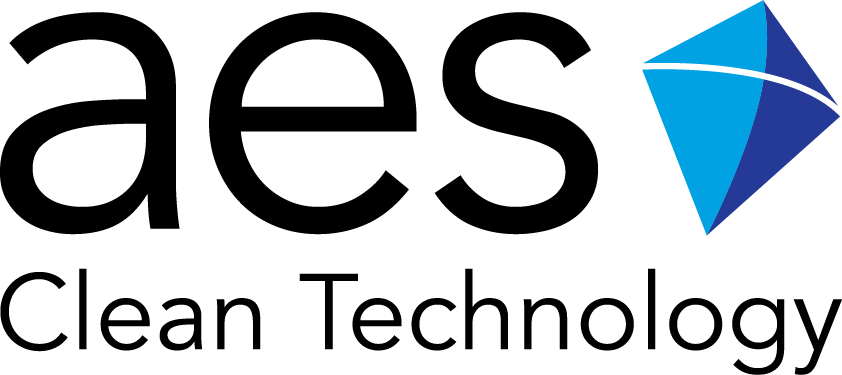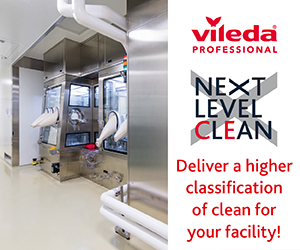Cell, gene and tissue therapies have transformed medicine, showing meaningful efficacy in treating—or even curing—diseases once thought intractable. Also known as Advanced Therapy Medicinal Products (ATMP), these new treatments represent a significant medical advancement based on the knowledge gained from the human genome. ATMP is only now emerging from the “early days” of this field, and the scalability of these techniques continue to offer challenges to the design of manufacturing facilities.
In particular, manufacturers are pioneering new pathways to create cleanroom facilities that combine both advanced science and manual dependent processes. In this article, we take a look at lessons learned from more than a decade’s experience in building ATMP cleanrooms in order to help manufacturers chart their roadmap for success.
Autologous therapy requires human cell harvesting and therefore these processes start and begin with the patient. This ideally would take place in a cleanroom environment logistically closer to medical centres, which would significantly improve patient treatment as well as product quality. The logistic challenges and manual processing involved in autologous and allogeneic production methodologies insert operational risk into manufacturing that will affect product scalability.
Because of the life-changing reality of these therapies, cleanroom manufacturing design, cell, gene, and tissue therapies are also driving changes in both the regulation and design of the cleanroom facilities that are essential to the production process. The wide acceptance of single use technologies and relatively small production batch needs (i.e. smaller facility footprint) have presented a significant opportunity for start-up companies to take control of their destiny earlier in a product’s lifecycle by considering the option of early production facility ownership along with process and supply chain direct control. Also, greater protection of intellectual process knowledge is an added benefit.
During the last 15 years, AES Clean Technology has adapted to meet the evolving needs of ATMPs by designing and installing numerous purpose-built cleanrooms for emerging cell, gene and tissue therapies, a portfolio that also includes multiple COVID-19 Warp Speed projects. This experience has helped AES develop cleanroom design build templates that harness the knowledge of best practices for this nascent field. We have learned there is a commonality among cleanroom project success factors that are in compliance with regulatory standards. This article is intended to share these experiences on what factors are central to successful entry into commercialisation of new therapeutic production capital projects.





